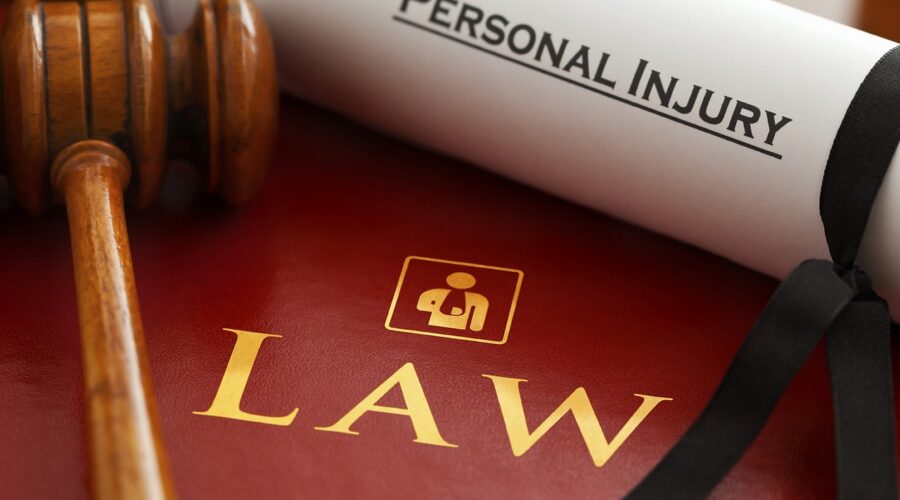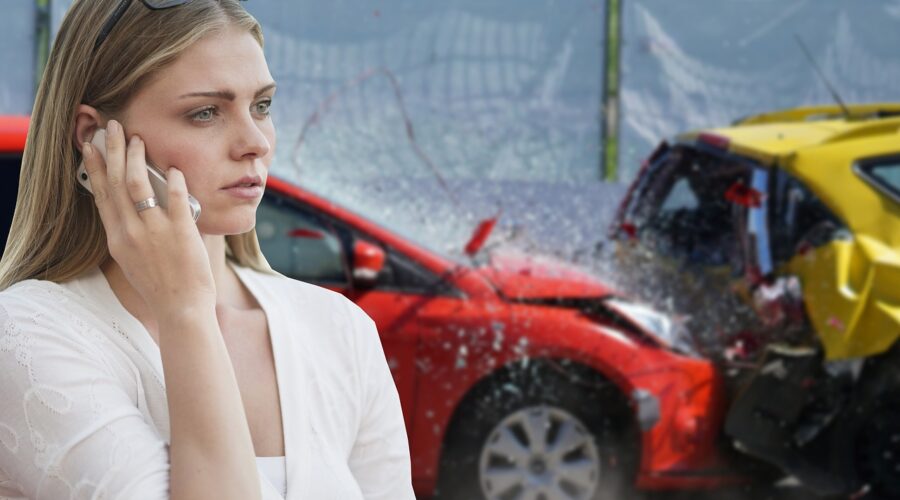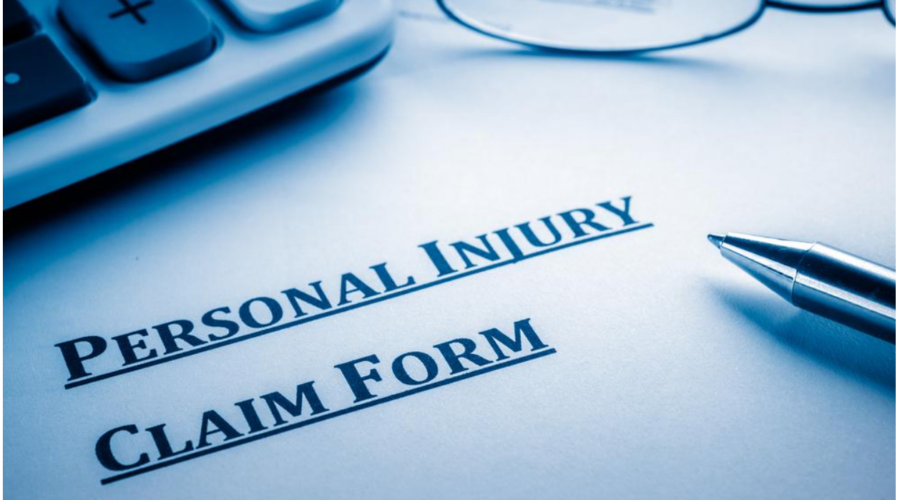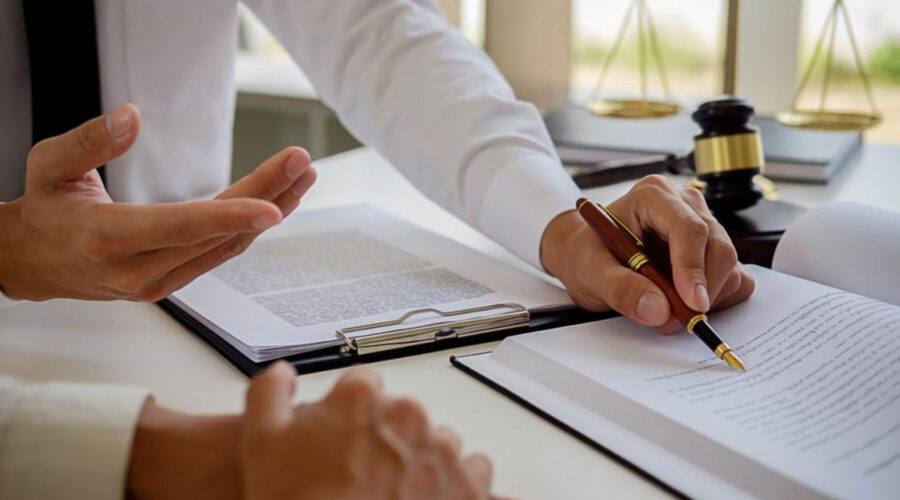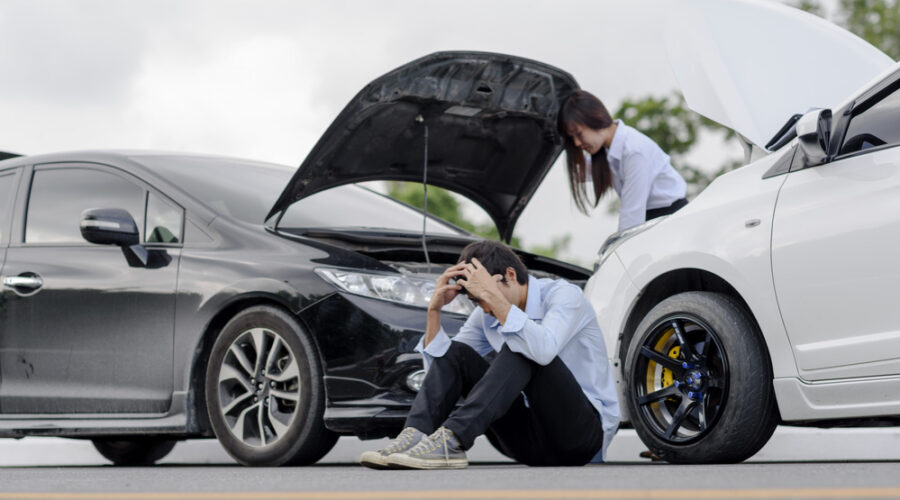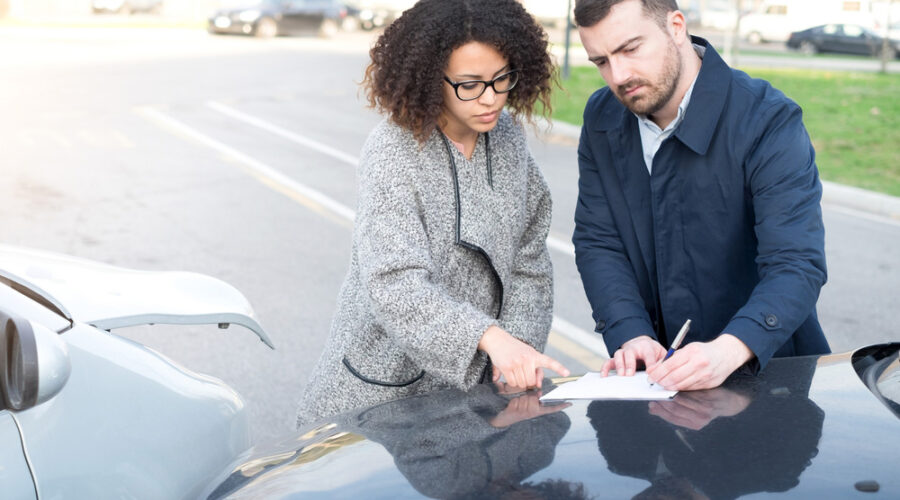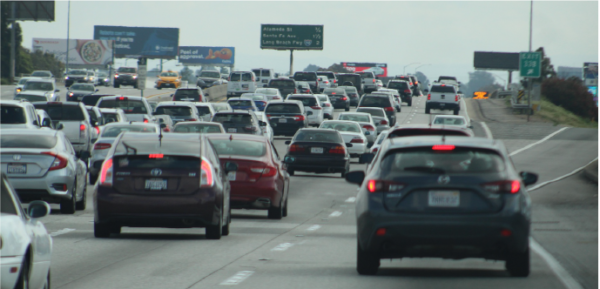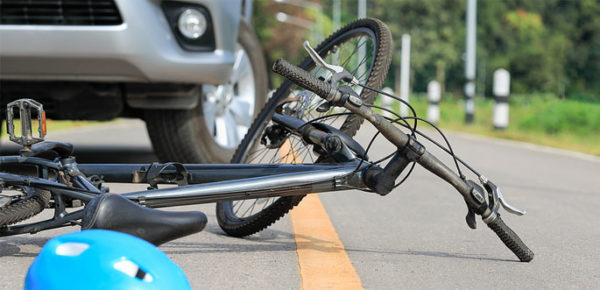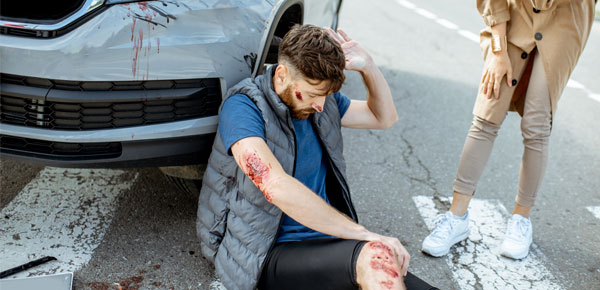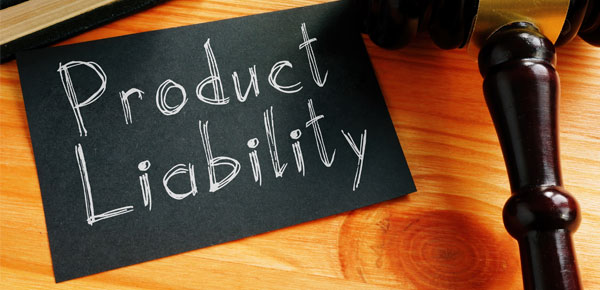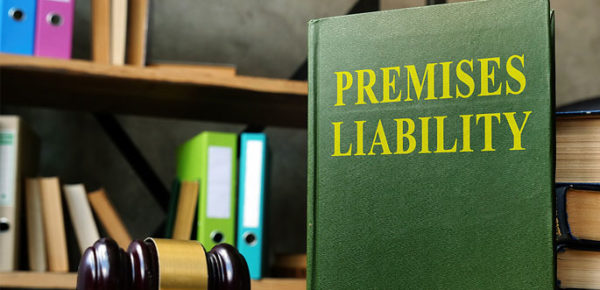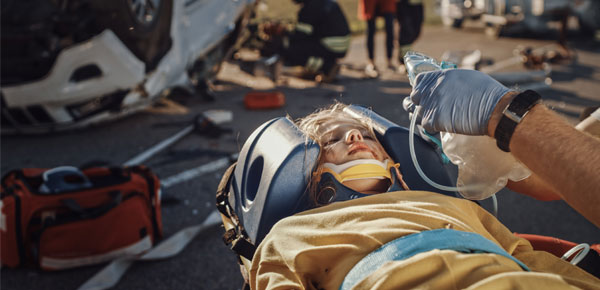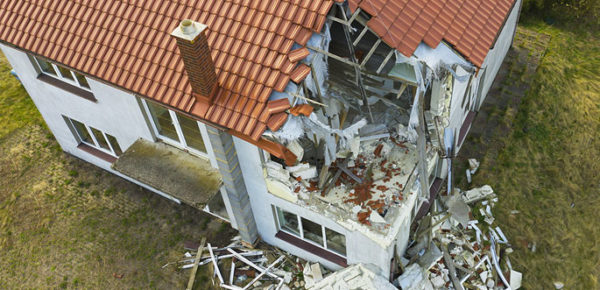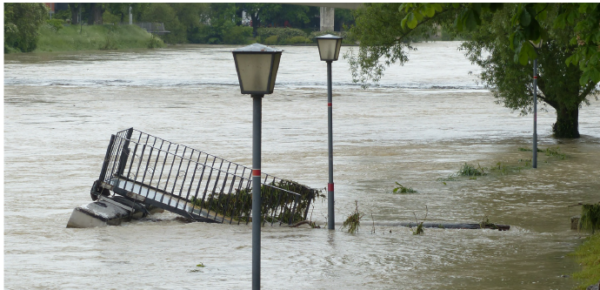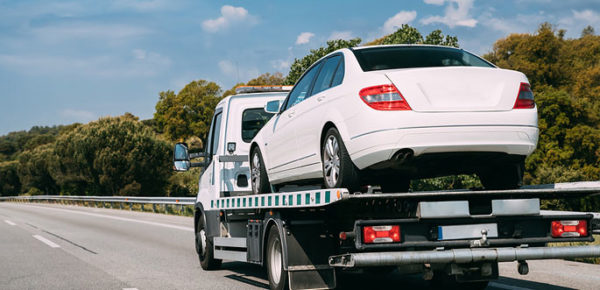The Impact of Comparative Negligence in Personal Injury Cases
When an individual is harmed or injured due to another party’s negligence, personal injury cases may be brought forth. Failing to use reasonable care that results in another person being injured as a result is negligence. In personal injury cases, understanding comparative negligence is essential because it affects how fault is assigned and the amount of damages that can be recovered.
The concept of comparative negligence acknowledges the possibility of varying degrees of responsibility being shared among the various parties involved in an auto accident. With a firm understanding of comparative negligence, individuals can better navigate the legal system, determine their percentage of blame, and determine how it may affect their compensation.
Understanding Negligence in Personal Injury Cases
Since it serves as the foundation for proving liability and seeking compensation, understanding negligence is crucial in personal injury cases. A failure to use reasonable care that causes harm or injury to another person is negligence. Several essential components must be demonstrated to successfully prove negligence.
According to Law.com, first, the defendant must have had a legal obligation to act reasonably and safely toward the plaintiff, known as a duty of care.
Second, the defendant’s actions or inactions must have fallen short of the expected standard of care for there to have been a breach of that duty.
Third, you must be able to prove that the breach of duty specifically led to the plaintiff’s damages or injuries.
Finally, the plaintiff must establish that the defendant’s negligence caused them to suffer provable harm and damages.
Proving negligence in personal injury lawsuits.
In personal injury cases, it is the plaintiff’s responsibility to prove their case to the satisfaction of the court or jury that the defendant was negligent and caused the damages and injuries. This evidence may consist of witness statements, police reports, medical records, and other relevant documentation. To successfully pursue a personal injury claim and receive fair compensation for the harm you have suffered, the burden of proof must be met.
Comparative Negligence Explained
According to Cornell Law School, comparative negligence is a legal principle that recognizes the idea that more than one party can be at fault in an accident. It’s all about fairness and ensuring that everyone takes responsibility for their actions.
Comparative vs contributory negligence.
Comparative negligence differs from contributory negligence, which is an older approach that completely barred someone from receiving compensation if they were found even slightly at fault for the accident. Fortunately, California follows the more modern approach of comparative negligence, which is more forgiving and allows injured individuals to still seek compensation, even if they were partially responsible for the incident.
Comparative negligence vs. modified comparative negligence.
In California, there are two types of comparative negligence systems: pure comparative negligence and modified comparative negligence. Let’s break them down.
Comparative.
First, we have pure comparative negligence. This system says that even if you were mostly at fault for the accident, you can still recover damages. The amount you receive is simply reduced based on your degree of fault. So, if you were found 30% at fault and your damages amounted to $10,000, you would still be entitled to receive $7,000 (70% of the total damages).
Modified comparative.
The second type is modified comparative negligence. This system has a threshold, typically set at 50% or 51%. If you are found to be 50% or more responsible for the accident, you won’t be able to recover any damages. However, if your level of fault falls below this threshold, you can still seek compensation. The amount awarded will be reduced in proportion to your degree of fault.
The purpose of comparative negligence.
The purpose of comparative negligence is to ensure fairness and recognize that accidents are rarely black and white. It acknowledges that multiple parties can contribute to an accident, and everyone should bear their fair share of responsibility. By understanding comparative negligence, we can have a better grasp of how our actions may impact our ability to seek compensation in a personal injury case. Remember, the goal is to promote fairness and ensure that injured individuals have a chance to recover and move forward after an unfortunate incident.
How Comparative Negligence Affects Personal Injury Cases
Comparative negligence standards can impact personal injury cases under California law. It’s important to understand how this legal concept affects fault determination, the division of damages, and the calculation of compensation.
Figuring out who’s at fault.
When it comes to figuring out who’s at fault, comparative negligence acknowledges that accidents can involve multiple parties who share varying degrees of responsibility. It recognizes that life isn’t always black and white, and sometimes both sides have contributed to the incident. So, even if you bear some fault for the accident, it doesn’t automatically mean you won’t be able to seek compensation for your injuries.
Dividing up the damages.
Now, when it comes to dividing up the damages, comparative negligence looks at the proportion of fault assigned to each party involved. If you’ve been found to bear, for instance, 20% of the responsibility for the accident, the amount of compensation you receive will be adjusted accordingly. The other party involved will be responsible for their share of the damages based on their degree of fault. This approach ensures that everyone involved takes responsibility and shares the financial consequences of the accident fairly.
Calculating compensation.
When it comes to calculating compensation, California follows the rule of “pure comparative negligence.” That means you can still seek compensation even if you bear a significant portion of the blame. However, the amount you receive will be adjusted based on your level of fault. For example, if your total damages amount to $100,000 but you were found 50% at fault, your compensation would be reduced to $50,000. This system ensures that the compensation you receive reflects your level of contribution to the accident.
Understanding how comparative negligence works in personal injury cases.
Understanding how comparative negligence works in personal injury cases is essential if you’re seeking justice and fair compensation. It emphasizes the importance of gathering evidence, presenting your side of the story, and demonstrating the extent of the other party’s responsibility. Consulting with an experienced personal injury attorney can provide valuable guidance throughout the legal process. Remember, the goal is to ensure that injured individuals receive the compensation they rightfully deserve, taking into account the shared responsibility in the accident.
The Impact of Comparative Negligence on Settlements and Trials
Taking a human approach to understanding comparative negligence can have a significant impact on settlements and trials in personal injury cases under California law. It’s important to grasp how this legal concept affects the negotiation process, trial considerations, and the factors that influence compensation.
The settlement negotiation process in comparative negligence cases
When it comes to settlements, comparative negligence adds a layer of complexity. Both parties involved must navigate the negotiation process with a keen awareness of their respective levels of fault. Insurance companies and attorneys will carefully assess the evidence and arguments to determine a fair settlement amount.
The degree of comparative negligence assigned to each party can heavily influence the final settlement offer. It’s crucial to have a skilled negotiator on your side who understands how to advocate for your rights and maximize your compensation while considering the impact of shared fault.
Trial considerations and strategies.
Moving on to trials, comparative negligence cases can present unique challenges and considerations. During a trial, the evidence is presented, witnesses testify, and legal arguments are made to convince the judge or jury of each party’s level of responsibility.
Attorneys will strategize based on the specific circumstances of the case, carefully presenting evidence to establish the degree of fault assigned to each party.
The goal is to construct a compelling narrative that supports your position and highlights the other party’s negligence. It’s essential to have a knowledgeable attorney who can effectively present your case and navigate the complexities of comparative negligence in the courtroom.
The factors that affect compensation in comparative negligence cases
Finally, the factors that affect compensation in comparative negligence cases take into account the proportion of fault assigned to each party. The higher the degree of comparative negligence assigned to you, the more your compensation may be reduced.
Factors such as the severity of injuries, the impact on your daily life, and the extent of the other party’s negligence also come into play when determining the final compensation amount. Understanding these factors and how they influence the outcome of your case is crucial for seeking fair compensation.
When navigating the impact of comparative negligence on settlements and trials, it’s important to have a compassionate and experienced legal team by your side. They can guide you through the negotiation process, develop effective trial strategies, and advocate for your rights.
Remember, the goal is to reach a fair settlement or, if necessary, present a strong court case that takes into account the shared responsibility in the accident and ensures you receive the compensation you deserve for your injuries and losses.
Conclusion
In conclusion, understanding the impact of comparative negligence in personal injury cases is crucial for anyone who has been involved in an auto accident. California’s approach to comparative negligence provides a fair framework for determining fault and allocating compensation. By grasping the concepts of fault determination, the division of damages, and the calculation of compensation, individuals can navigate the legal process with confidence and seek the justice they deserve.
If you’ve been injured in an auto accident, don’t face the challenges alone. Pyramid Legal is here to help. Our experienced team of personal injury attorneys understands the intricacies of comparative negligence cases and will tirelessly advocate for your rights. We will assess the unique circumstances of your case, gather evidence, and build a strong legal strategy tailored to your needs. Contact us today for a free consultation.
